
An experiment recently conducted by the QUPLAS collaboration confirmed the dual, particle-wave nature of antimatter.
Continue reading

May is graduation month, and with it, school star party season is about to conclude. If you happen to be out this coming weekend showing the sky off to the public, keep an eye out for one of the top celestial sights that you won't see at the eyepiece, as we're in for a slew of good visible passes of the International Space Station worldwide.
Continue reading

Located in the Coma Berenices constellation, roughly 60 million light years from Earth, is the elliptical galaxy known as Messier 85.
Continue reading
Continue reading

The Science Data Processor consortium for the Square Kilometer Array (SKA) just completed the design work on the supercomputer that will handle all the data it collects.
Continue reading

Researchers with the UCSB Experimental Cosmology Group recently conducted a successful stratospheric test of their wafercraft, which could be traveling to the nearest star systems someday soon.
Continue reading

Continue reading

Continue reading
Continue reading

Continue reading

Continue reading

Continue reading

A new study has shown that a good deal of Earth's heaviest elements may have come from a nearby neutron star collision billions of years ago.
Continue reading

Researchers from Germany are testing a new hybrid life support system aboard the ISS, which uses algae to clean the air and water supply and even provide a food source.
Continue reading

A recent study of samples from the asteroid Itokawa has revealed that "dry" asteroids may have delivered up to half of Earth's water billions of years ago.
Continue reading

Continue reading
Continue reading

Continue reading
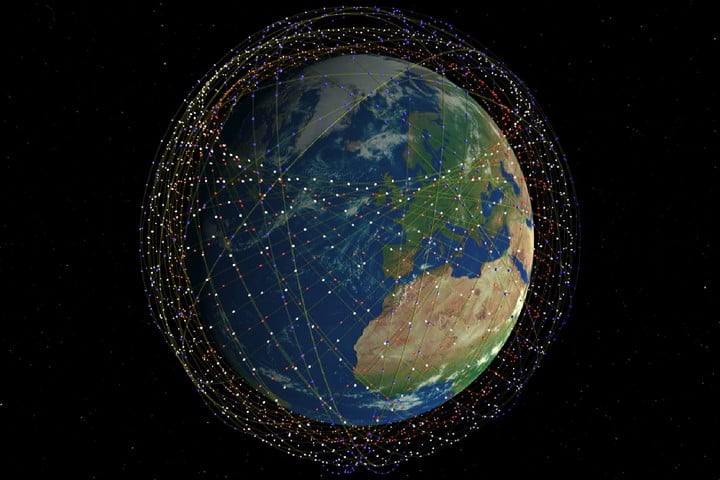
SpaceX recently got FCC approval and is moving ahead with the deployment of its proposed internet satellite constellation.
Continue reading

The Hubble Legacy Field, the result of 16 years of observations and the most detailed image of our Universe, has been released!
Continue reading

Continue reading

Continue reading

A new study has illustrated how the impact between a proto-Earth and a Mars-sized object could have led the Moon to be composed primarily of the same material as Earth.
Continue reading

The XENON experiment recently made a breakthrough in their hunt for dark matter, observing the most rare decay process in the Universe that involves neutrinos.
Continue reading

Continue reading

Continue reading

Continue reading
Continue reading

Continue reading

Continue reading

Ever seen a rocket launch before? Catching one is easier than you might think. You just need to be looking in the right direction at the right time, and have clear skies. If you happen to be watching from the U.S. south eastern seaboard, you just might catch the spectacular dawn launch of a SpaceX Falcon-9 rocket with Dragon on the CRS-17 (also known as SpX-17) mission headed to the International Space Station before dawn on the morning of Wednesday, May 1st.
Continue reading

Continue reading
Continue reading

Continue reading

Japan's recently shared a video of the crater their Hayabusa2 spacecraft created on the surface of Ryugu.
Continue reading

The InSight lander recently detected the strongest seismic signal yet, thanks to its Seismic Experiment for Interior Structure (SEIS) instrument.
Continue reading

The LIGO detector is back online after months of upgrades, and has made two new detections already!
Continue reading
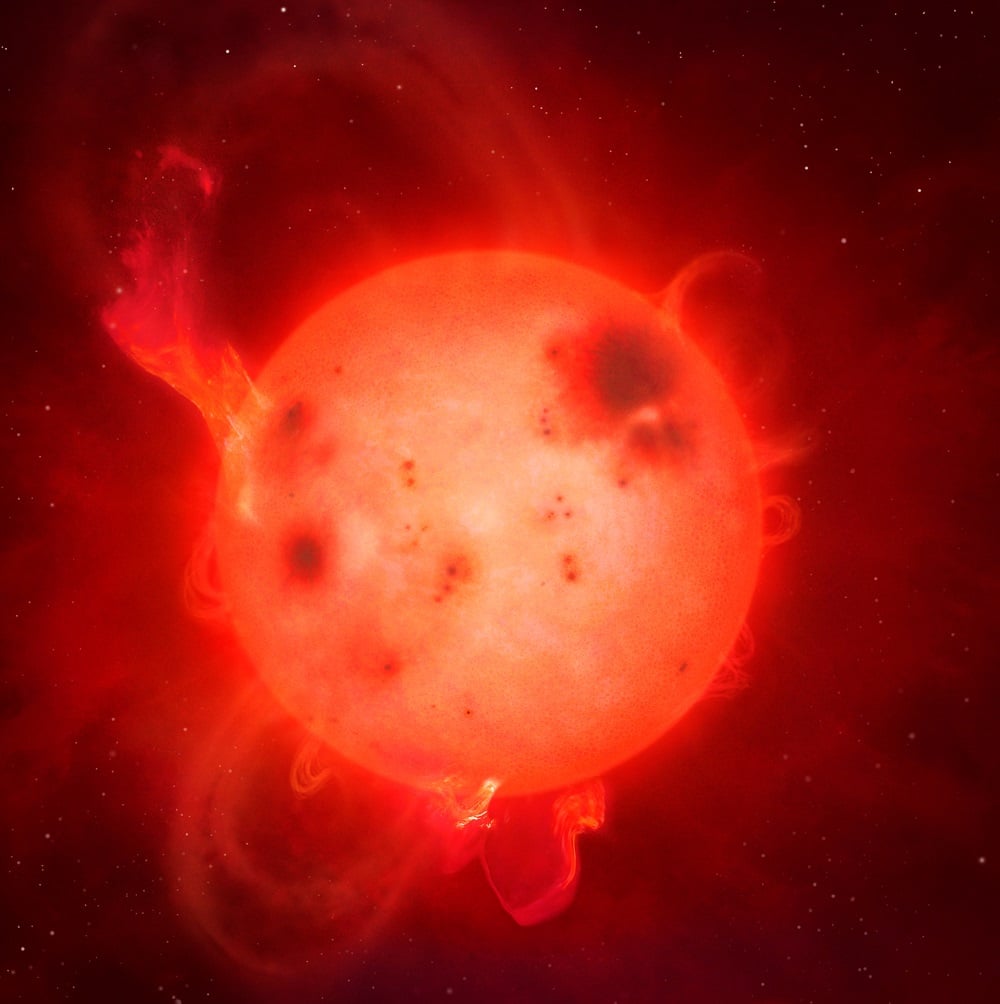
Astronomers recently spied a massive flare on a tiny diminutive star, a powerful, radiation spewing event that you wouldn't want to witness up close.
Continue reading
Continue reading

Continue reading
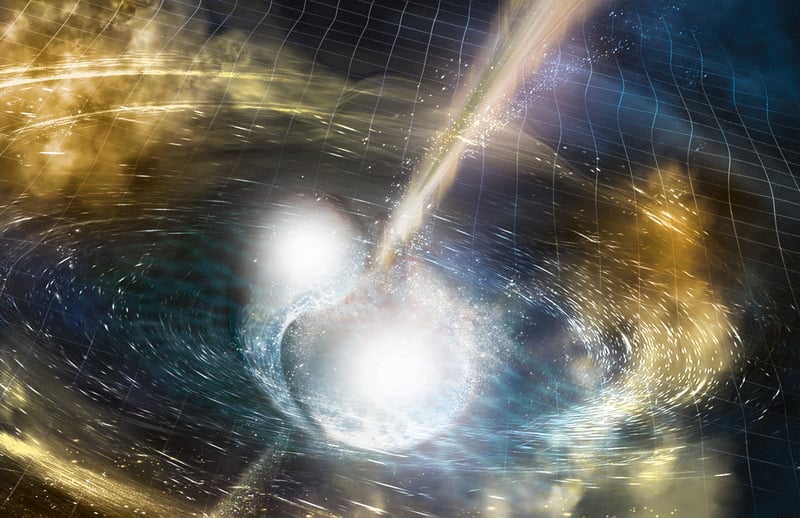
Continue reading
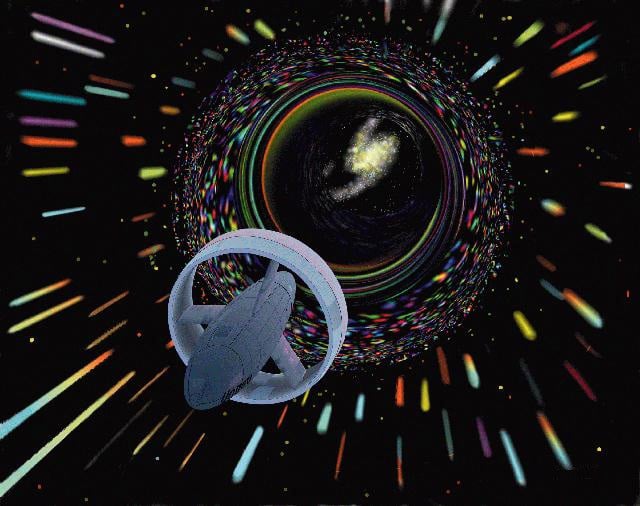
A new study reveals that traveling through a wormhole may actually be possible, but don't count on it saving you any time!
Continue reading
Continue reading

Continue reading

Continue reading

Stratolaunch recently conducted the first test flight of its air-carrier plane, the largest and heaviest aircraft in the world.
Continue reading

Continue reading
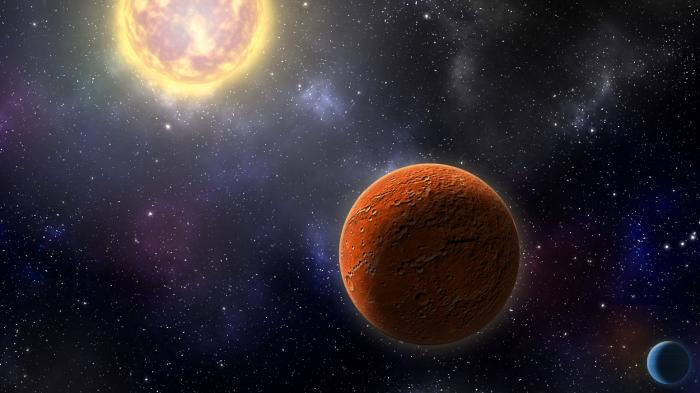
Continue reading

Continue reading

Up for a challenge? Some of the toughest targets for a backyard observer involve little or no equipment at all. Northern hemisphere Spring brings with it one of our favorite astronomical pursuits: the first sighting of the extremely thin, waxing crescent Moon. This unique feat of visual athletics may be fairly straight forward... but it's tougher than you think. The angle of the evening ecliptic in the Spring is still fairly high for mid-northern latitudes, taking the Moon up and out of the weeds as a waxing crescent.
Continue reading

 Universe Today
Universe Today







































